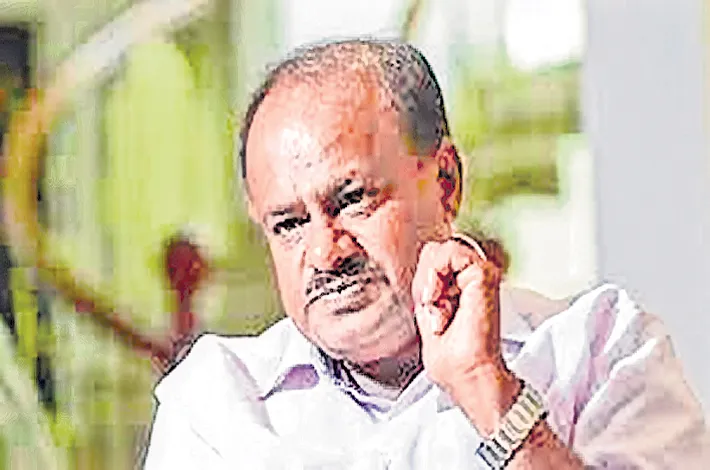Whispers of the Sahyadris
19-06-2025 12:00:00 AM

One evening, as they stood atop Rajmachi Fort, the sunset painted the sky in hues of saffron and rose. The wind carried the scent of wildflowers, and Meera’s shawl fluttered like a flag of surrender. Aarav turned to her, his heart pounding louder than the distant thunder. “Meera,” he said, his voice barely above a whisper, “these hills… they’ve given me more than I came for. They’ve given me you.”
The Sahyadri hills, cloaked in emerald green and kissed by wandering mists, cradled the small village of Khandala in their timeless embrace. Monsoon had arrived, draping the landscape in a sheen of rain, where every leaf glistened and every stream sang. Amidst this verdant symphony, two souls were destined to meet, their paths converging like rivulets finding their way to a river.
Aarav, a city-weary photographer from Mumbai, had come to Khandala seeking solace. The concrete jungle had drained his spirit, and he longed to capture the raw beauty of nature through his lens. With his camera slung over his shoulder, he wandered the misty trails, chasing fleeting moments—a deer vanishing into the fog, a waterfall cascading like a lover’s whispered promise. His heart, though, carried a quiet ache, a yearning for something—or someone—he couldn’t name.
On the third day of his retreat, as rain pattered softly on his umbrella, Aarav spotted a figure near the edge of Duke’s Nose, a towering cliff that overlooked the valley. She stood still, her silhouette framed against the silver sky, a vibrant shawl wrapped around her shoulders. Intrigued, he raised his camera, but hesitated. This wasn’t a moment to steal; it was one to share.
“Beautiful, isn’t it?” he called out, his voice cutting through the drizzle.
She turned, startled, her eyes catching the light like polished amber. “It’s more than beautiful,” she replied, her voice soft but steady. “It’s alive.”
Her name was Meera, a writer who had grown up in the Sahyadris. She had returned to her ancestral village to finish her novel, seeking inspiration in the hills that had shaped her childhood. Over cups of steaming chai at a roadside stall, they talked. Aarav spoke of his love for fleeting moments captured in photographs; Meera shared her passion for weaving stories that lingered like the scent of rain-soaked earth. The hills seemed to listen, their silence weaving a thread between them.
Days turned into weeks, and their chance encounter bloomed into something deeper. They explored the Sahyadris together, trekking through moss-covered paths to hidden caves and ancient forts. At Bhaja Caves, they traced the weathered carvings, their fingers brushing against the same stone, their laughter echoing in the hollows. By Lonavala Lake, they sat under a banyan tree, sharing stories of their pasts—Aarav’s restless heart, Meera’s quiet rebellion against a world that demanded she conform.
One evening, as they stood atop Rajmachi Fort, the sunset painted the sky in hues of saffron and rose. The wind carried the scent of wildflowers, and Meera’s shawl fluttered like a flag of surrender. Aarav turned to her, his heart pounding louder than the distant thunder. “Meera,” he said, his voice barely above a whisper, “these hills… they’ve given me more than I came for. They’ve given me you.”
Her eyes met his, a storm of emotions swirling within. “Aarav,” she replied, stepping closer, “I came here to write about love, but I didn’t expect to live it.”
Their lips met, soft and tentative, like the first raindrop on parched earth. The Sahyadris bore witness, their peaks standing sentinel as the world faded away. In that moment, it was just them, two hearts beating in rhythm with the pulse of the hills.
But love, like the monsoon, is not without its tempests. Meera’s novel was nearing its deadline, and her publisher urged her to return to Pune. Aarav, too, faced a call from Mumbai—a prestigious gallery wanted to showcase his work. The city tugged at them, threatening to unravel the fragile bond they had woven.
One rainy afternoon, they sat in Meera’s ancestral cottage, the fire crackling as rain lashed the windows. “What happens when we leave?” Aarav asked, his voice heavy with fear. “Will this—us—survive the distance?”
Meera took his hand, her fingers tracing the lines of his palm. “The Sahyadris taught me something,” she said. “Love, like these hills, endures. It weathers storms, it grows through cracks in the hardest stone. We’ll find a way.”
Determined to hold on, they made a pact. Every month, they would return to the Sahyadris, to the cliffs and streams that had cradled their love. Aarav’s photographs began to tell their story—each frame capturing Meera’s laughter, the curve of her smile against the backdrop of misty peaks. Meera’s novel, when it was published, carried the heartbeat of the hills, its pages infused with the love they had found.
Years later, on a quiet monsoon evening, Aarav and Meera stood once more at Duke’s Nose. The rain had softened to a drizzle, and the valley below shimmered under a crescent moon. Aarav pulled a small box from his pocket, his hands trembling as he opened it to reveal a ring carved with a tiny lotus, a nod to the flowers that bloomed in the Sahyadri streams.
“Meera,” he said, his voice steady now, “the hills brought us together. Will you let them witness our forever?”
Tears mingled with rain on her cheeks as she nodded, her heart too full for words. They embraced, the Sahyadris wrapping them in their eternal embrace, their love a story written in mist and stone, destined to echo through the hills for generations.








